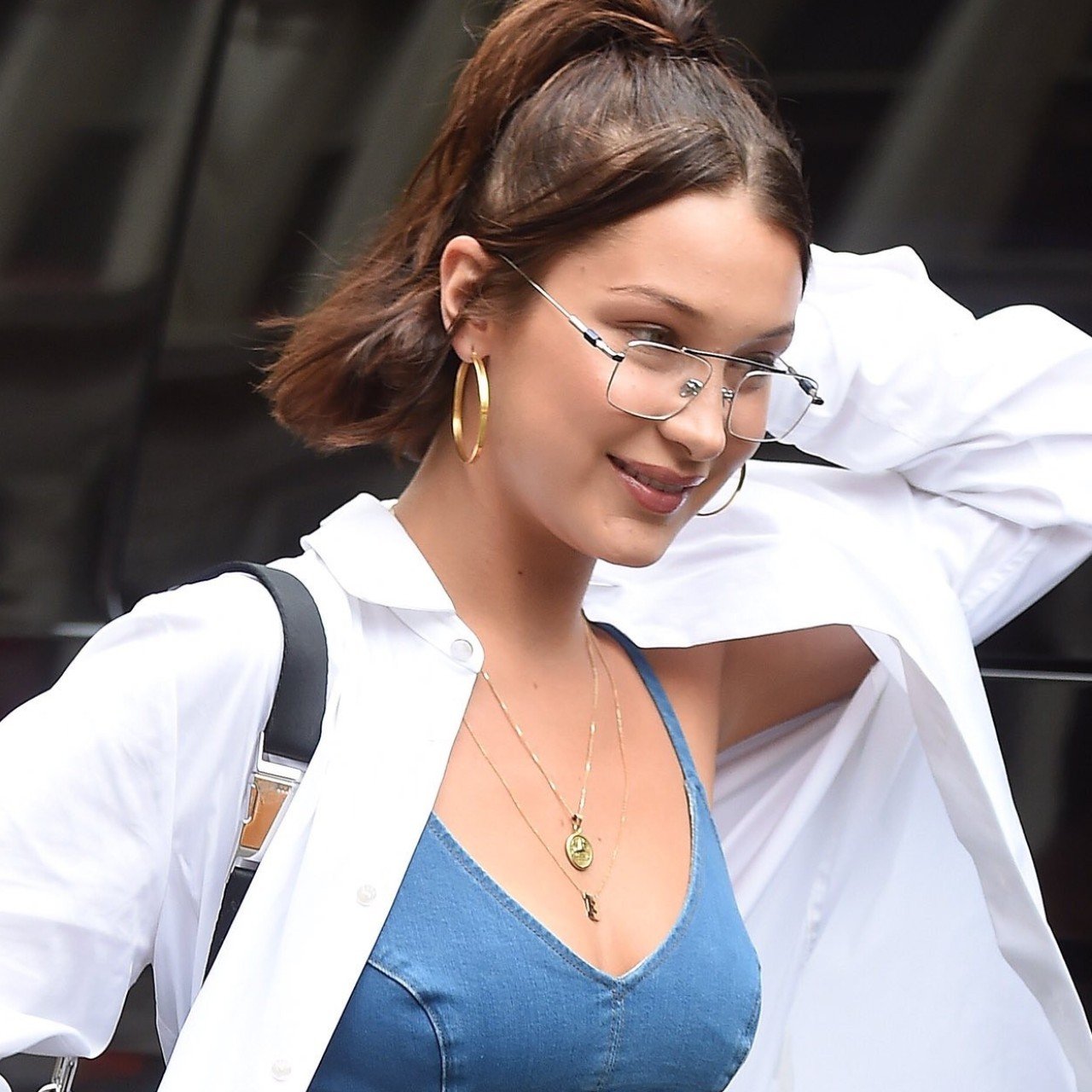
Min Shi has occasionally been asked by some of the fashion labels he has worked with to create some spectacularly impractical sunglasses.
“I listen to what they want and never shut down their ideas, but when they say, ‘let’s put a live goldfish on the side of the lens’, I tell them it’s crazy,” says Shi.
The Guangzhou-born, Los Angeles-based designer co-founded eyewear brand Haze Collection in 2013 with his childhood friend and former investment banker Erin Zheng. Its sleek and sophisticated styles, which are priced in the US$250 to US$300 range, have been worn by the likes of Rihanna, Bella Hadid and Olivia Munn, and can be picked up at prestigious stores worldwide such as Galeries Lafayette in the Middle East and Lane Crawford in Hong Kong.
The soft-spoken and unassuming Shi agrees it’s all a bit of a marvel given he never set out to design sunglasses to begin with.
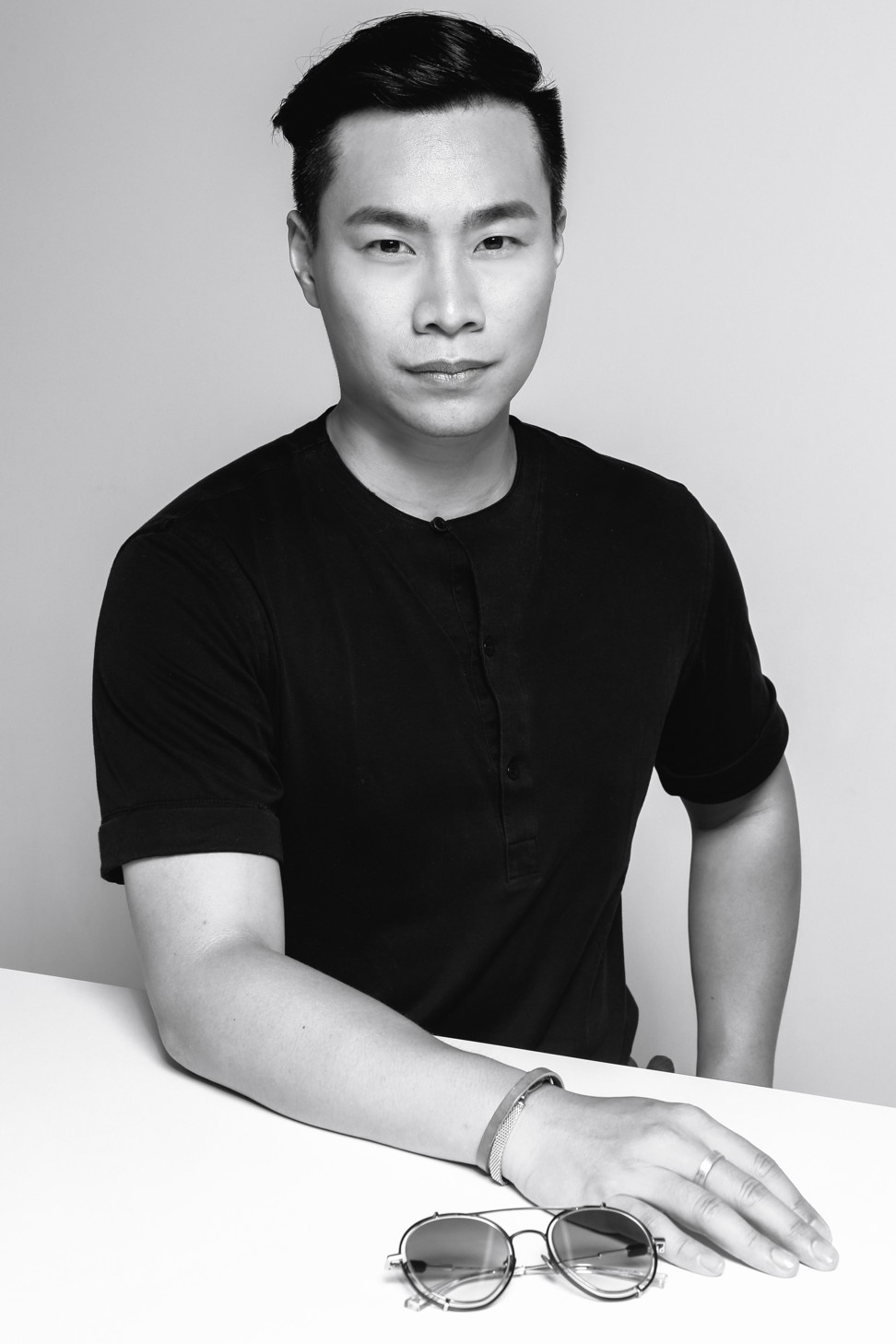
“In the beginning, I didn’t find it interesting,” says Shi over coffee in Sherman Oaks, just outside Los Angeles. He was a student at the Rochester Institute of Technology in upstate New York before stumbling into the trade.
The son of an architect and urban planning specialist, Shi recalls being exposed to the theories of design from an early age through his dad. When he went off to RIT in 2007, it was to study industrial design.
When his friend told him that eyewear giant Marchon was looking for interns, he initially didn’t think he’d be a fit. “But my friend said, ‘Just apply’. I got in. I ended up being on the original team launching the eyewear for Michael Kors.”
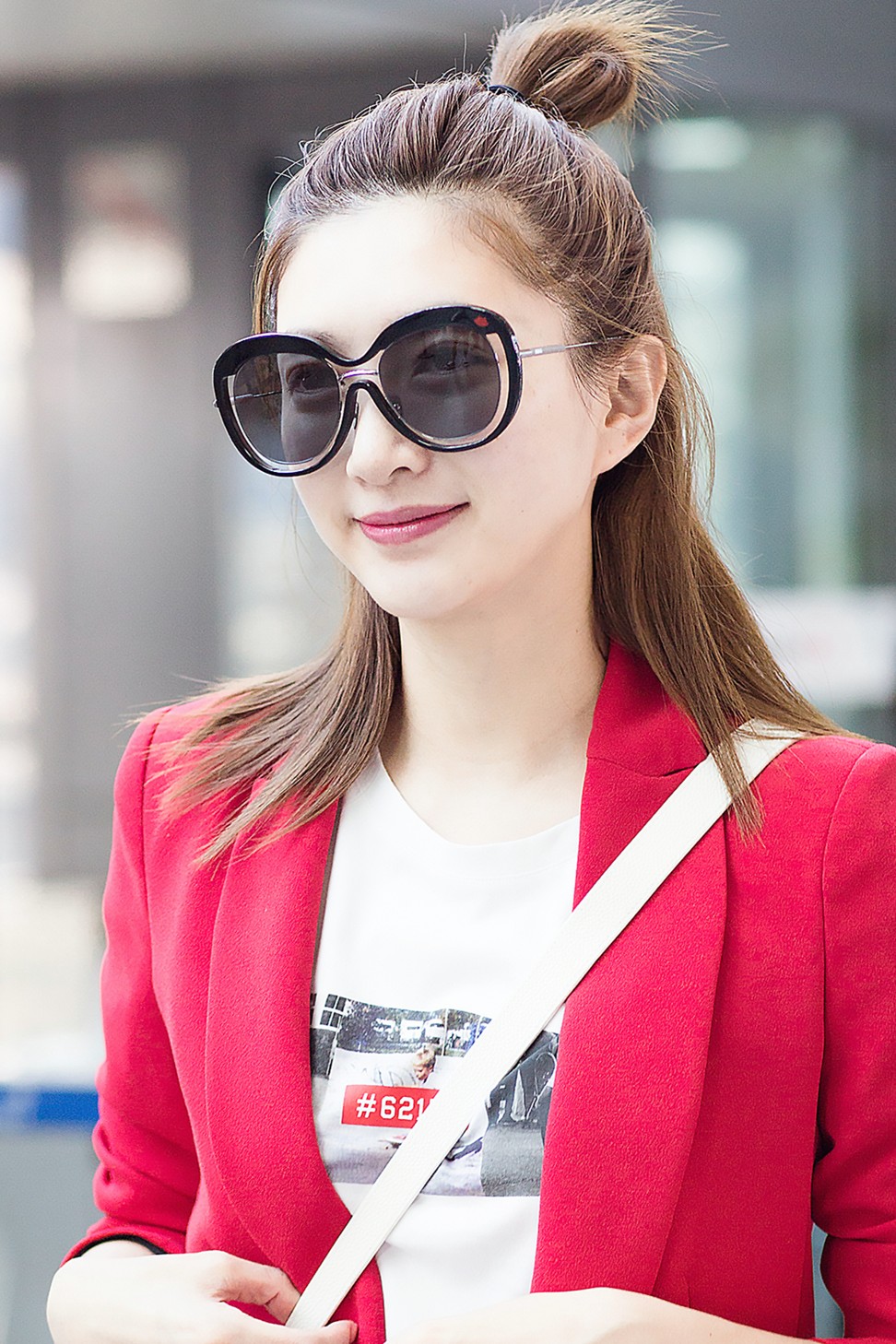
The company employed him after he graduated, sponsored his visa, and put him on various accounts, including Calvin Klein and Diane von Furstenberg.
He created collections that ended up in the designers’ catwalk shows. And he learned pretty early on that with eyewear, a millimetre can shift the entire look of the frame.
Two years ago, Shi relocated from New York to Los Angeles, and gave up his work for Marchon to focus exclusively on Haze Collection. The US west coast has a sunglasses culture that is more pronounced than anywhere else.
“People here are willing to spend money on shades,” he says. “In New York, they spend all their money on rent. They buy their sunglasses off the street. And they don’t understand that just because something has dark lenses, it doesn’t mean they will protect you. But people in Los Angeles have multiple pairs – for the car, for their purse, maybe a cheaper pair to go to the beach with.”
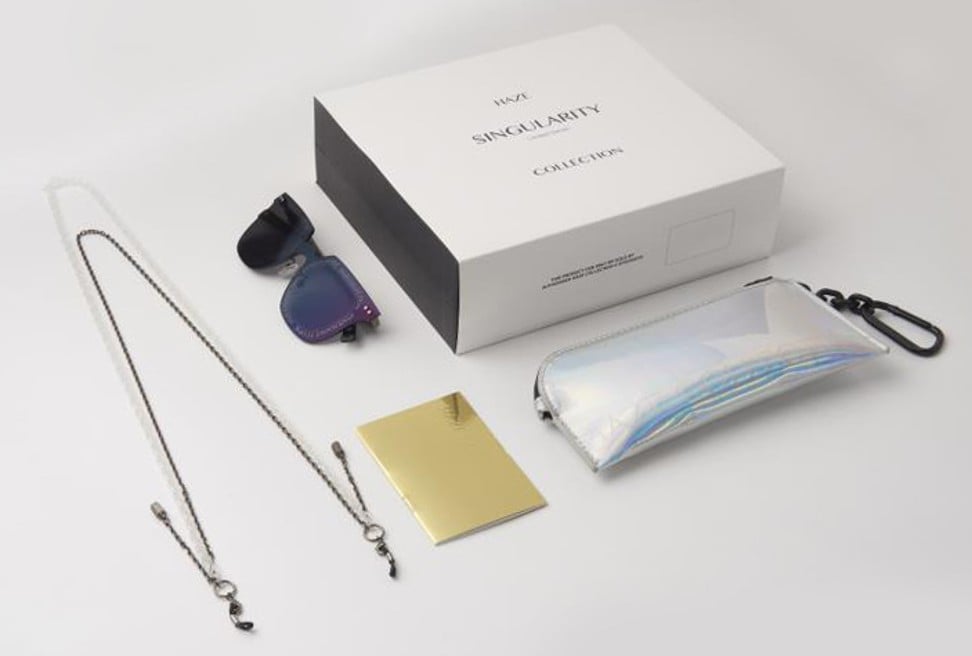
Haze – Shi thought the name conveyed an air of mystery – has been part of collaborations with fashion designers such as Cynthia Rowley and Tadashi Shoji.
Shi is about to launch a jewellery collection that picks up on the themes of his eyewear – acetate, brass, modernist – and is in talks with fragrance houses for a Haze Collection perfume.
“We’re looking to launch into a full lifestyle brand,” he says.
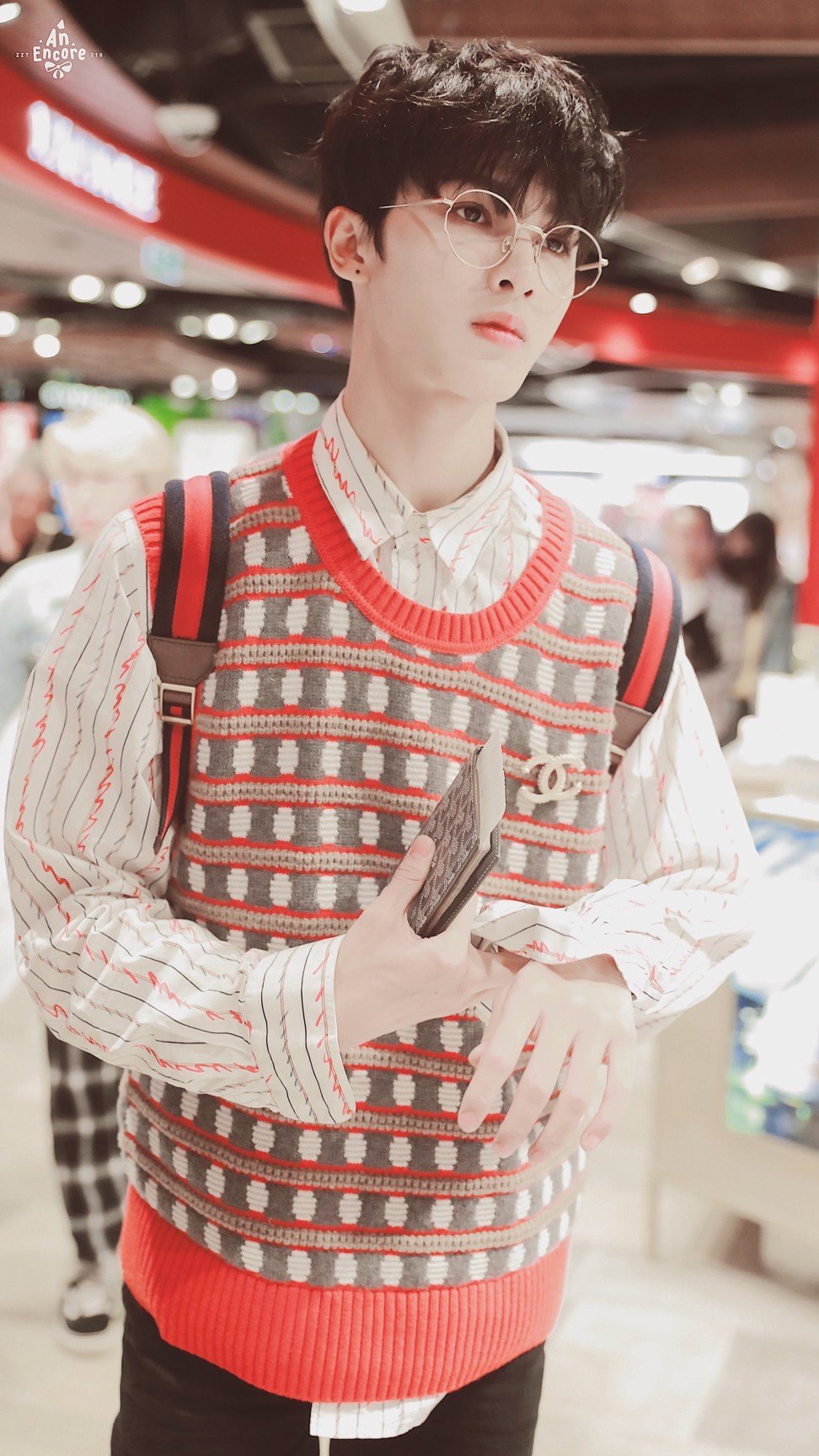
The brand is well established in China, where Zheng runs operations and where everything is produced. It has a significant following and was picked up by an appointment-only vintage store in Shanghai.
China is Haze’s biggest market, after Russia and Italy – this despite the fact Chinese consumers are obsessed with established brand names, Shi concedes.
Chinese celebrities, including pop stars Cheney Chen and Yoga Lin, have become fans.
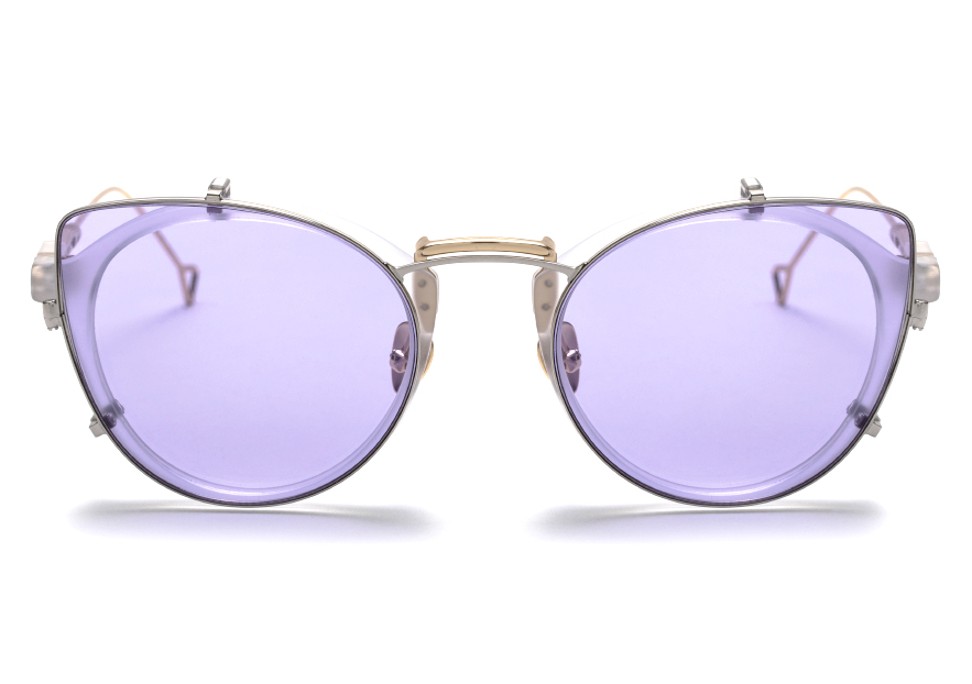
“In tier one cities, like Shanghai and Beijing, our customers are looking for something more unique. They have the money, they have the time. People started noticing our brand there. And in cities like Chengdu, the tier two cities, they are fashion-forward and they buy a lot of big brands. But they’re looking at brands like ours too.”
The celebrity love has not hurt – especially given that much of it has been organic. Rihanna’s stylist chanced upon some Haze shades – in the Edge style in a vibrant green – at luxe eyewear boutique Selima Optique in New York and bought them for her A-list client.
What shoppers have taken to, says Shi, is his out-of-the-box approach to an accessory that is seen as primarily functional.
Each Haze frame has a minuscule chain on one side that defines it. Some feature mechanical innovations that allow the hinges to be more fluid than in conventional eyewear. Shi is even looking at designs that might include laminating dried plants to make a frame.
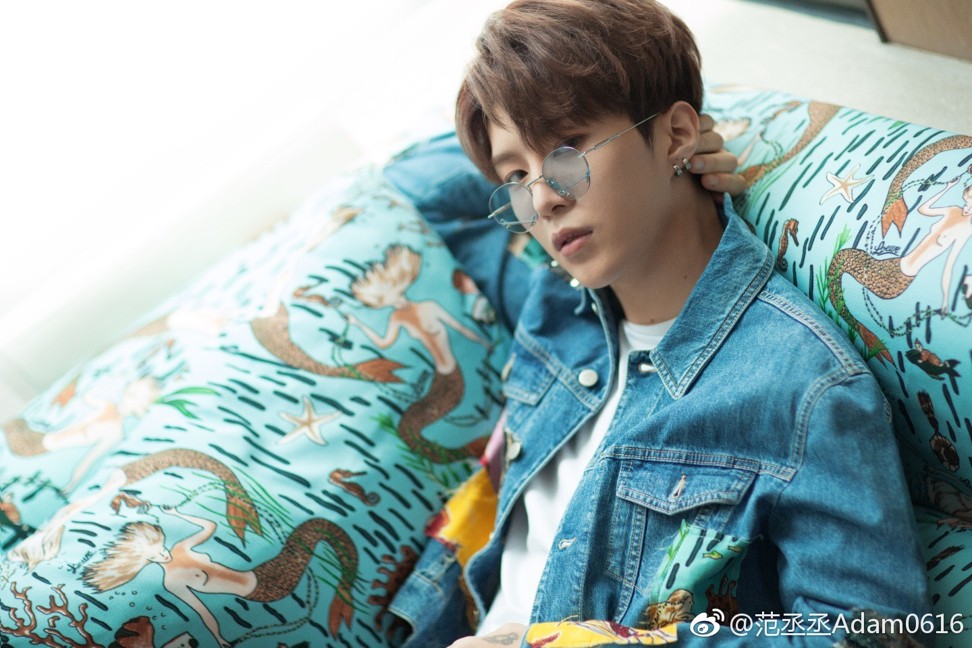
Enduring bestsellers include the Acapulco, a pair of round coloured lenses hovering over a slender metal frame that is lean, spare, and vaguely retro.
They come in shades such as bottle blue, champagne, orchid and olive, and they routinely sell out.
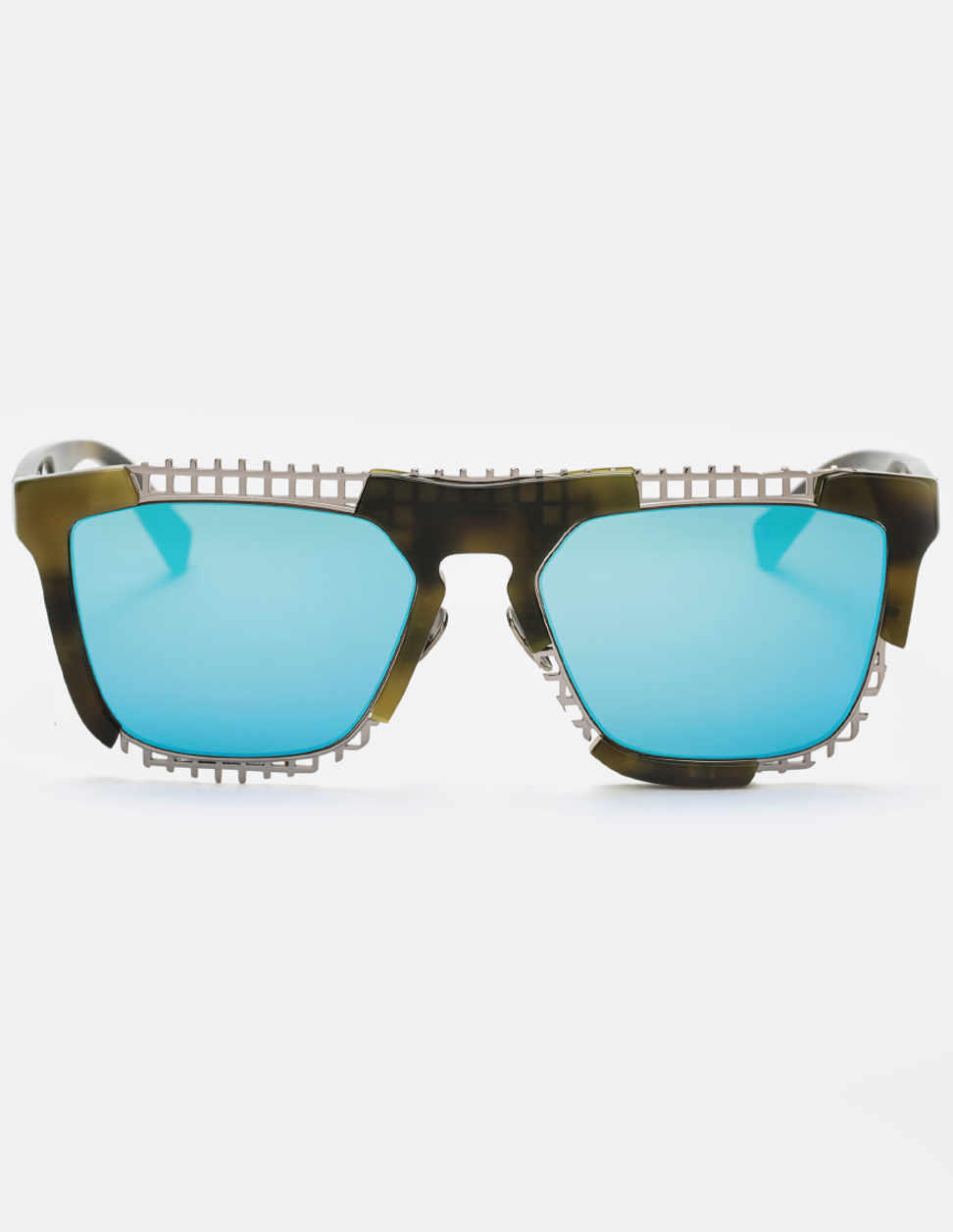
Shi says he hopes that people will begin to collect sunglasses the way they might handbags or watches, and to see them as an integral part of an ensemble.
“Of course, there are many that are cheaper, and people don’t want to buy a lot of expensive ones because they are easier to lose,” he says. “I would never argue with that. But I now look at sunglasses differently; I will wear a basic T-shirt and pants, but to me sunglasses complete the look.”
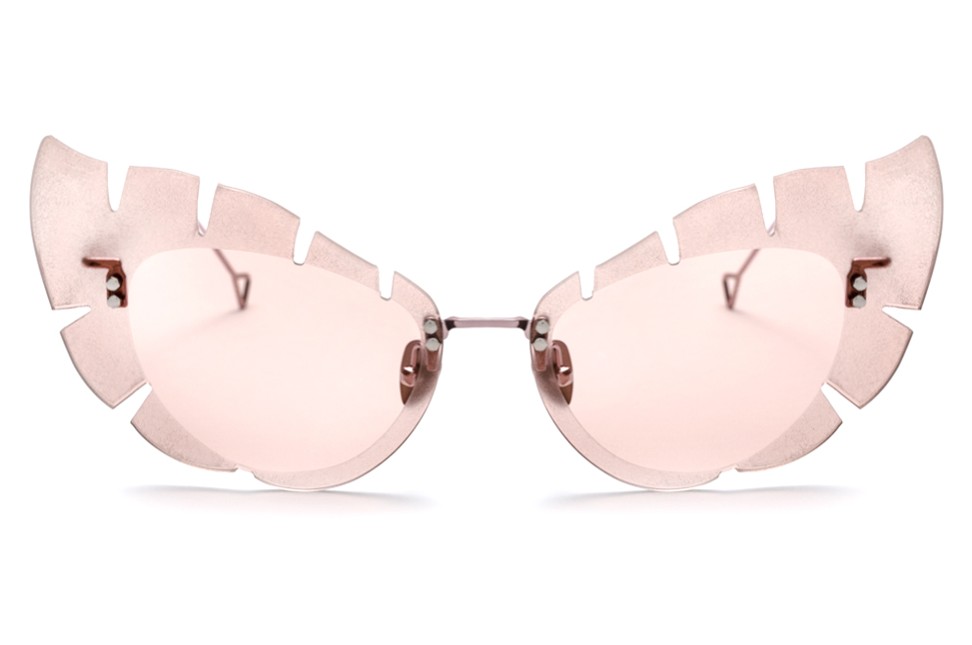
Shi was also reminded, after he got involved in the sunglasses trade, that his family had more of a connection with the industry than he had realised.
“My aunt on my mom’s side used to sell luxury sunglasses in Hong Kong,” he says. “At home, we’d see a lot of vintage Gucci and Chanel lying around that my aunt gave her. Some of them were in that wrap style. It’s interesting to me that is really coming back now.”







